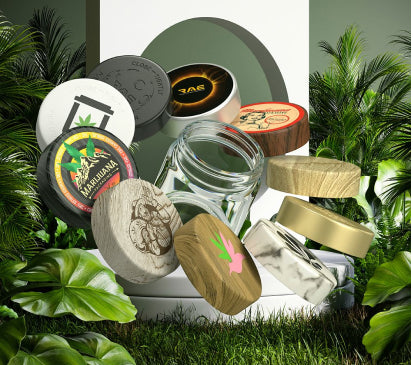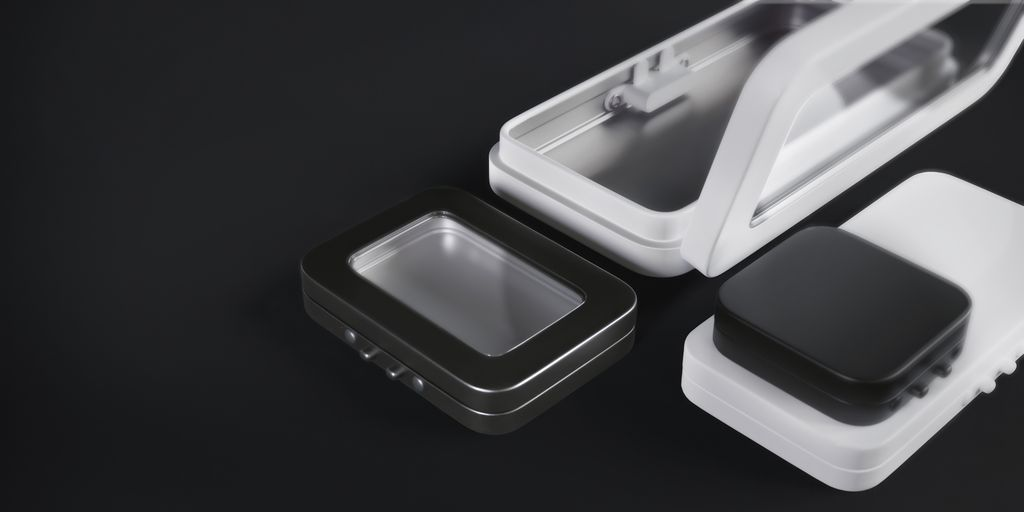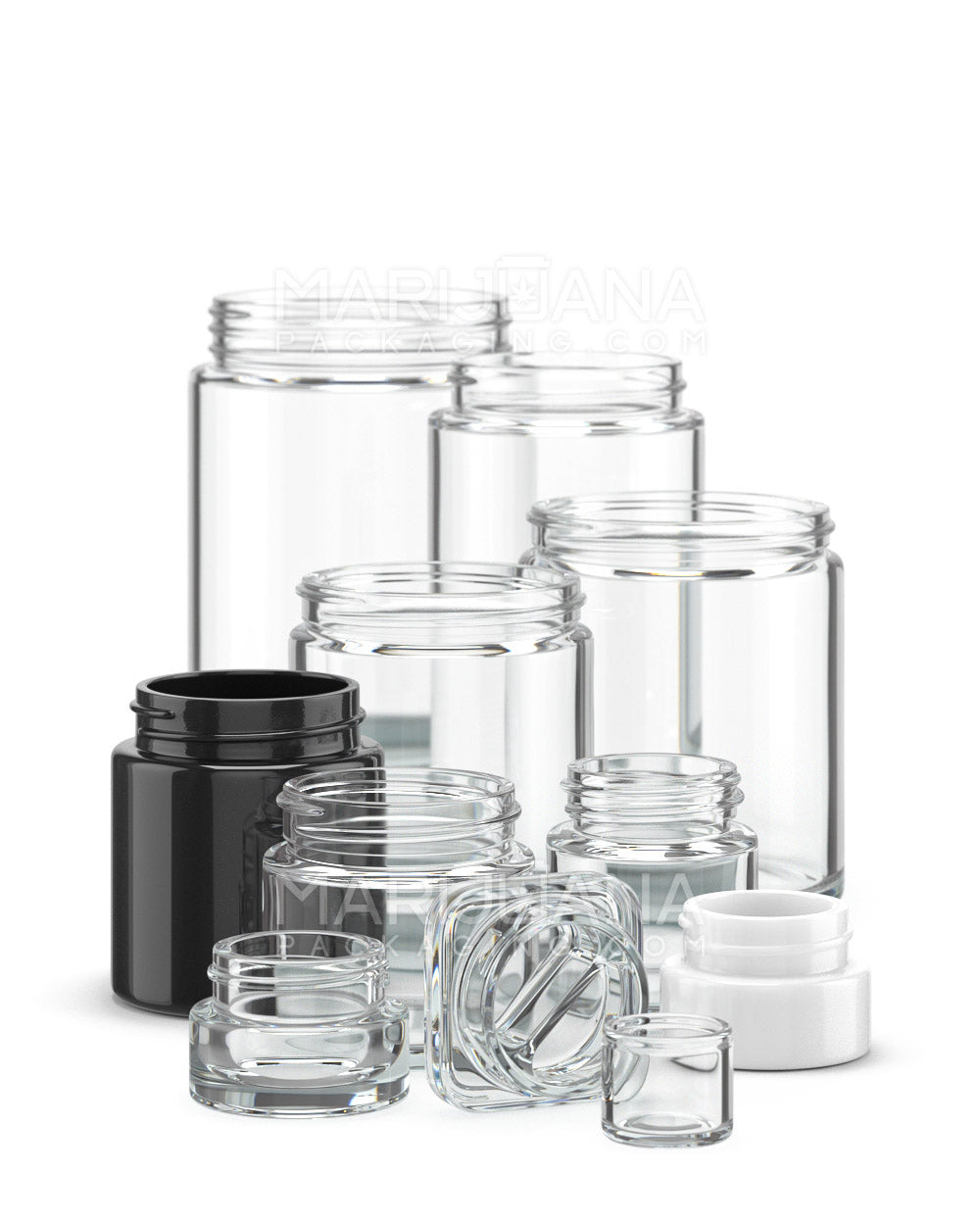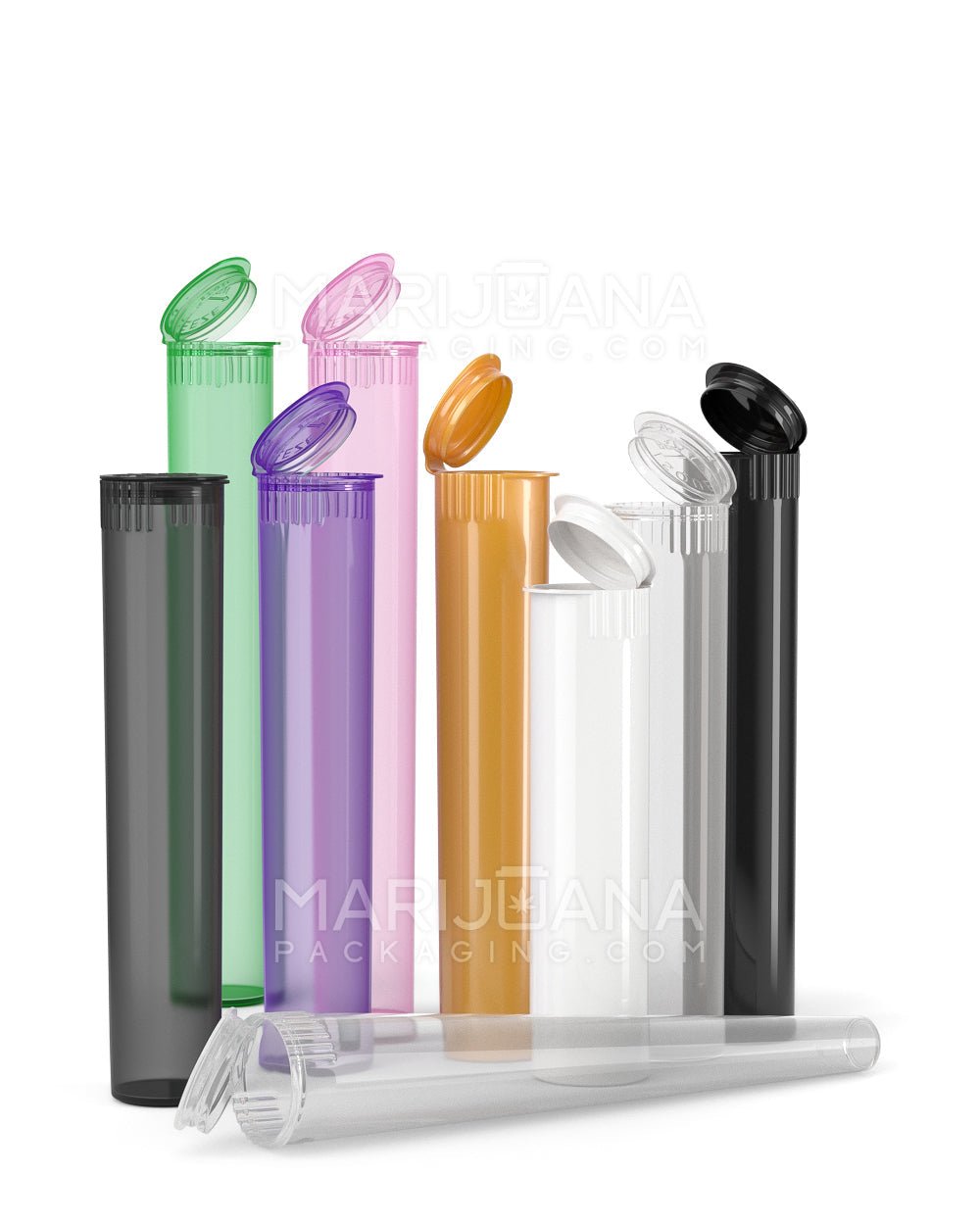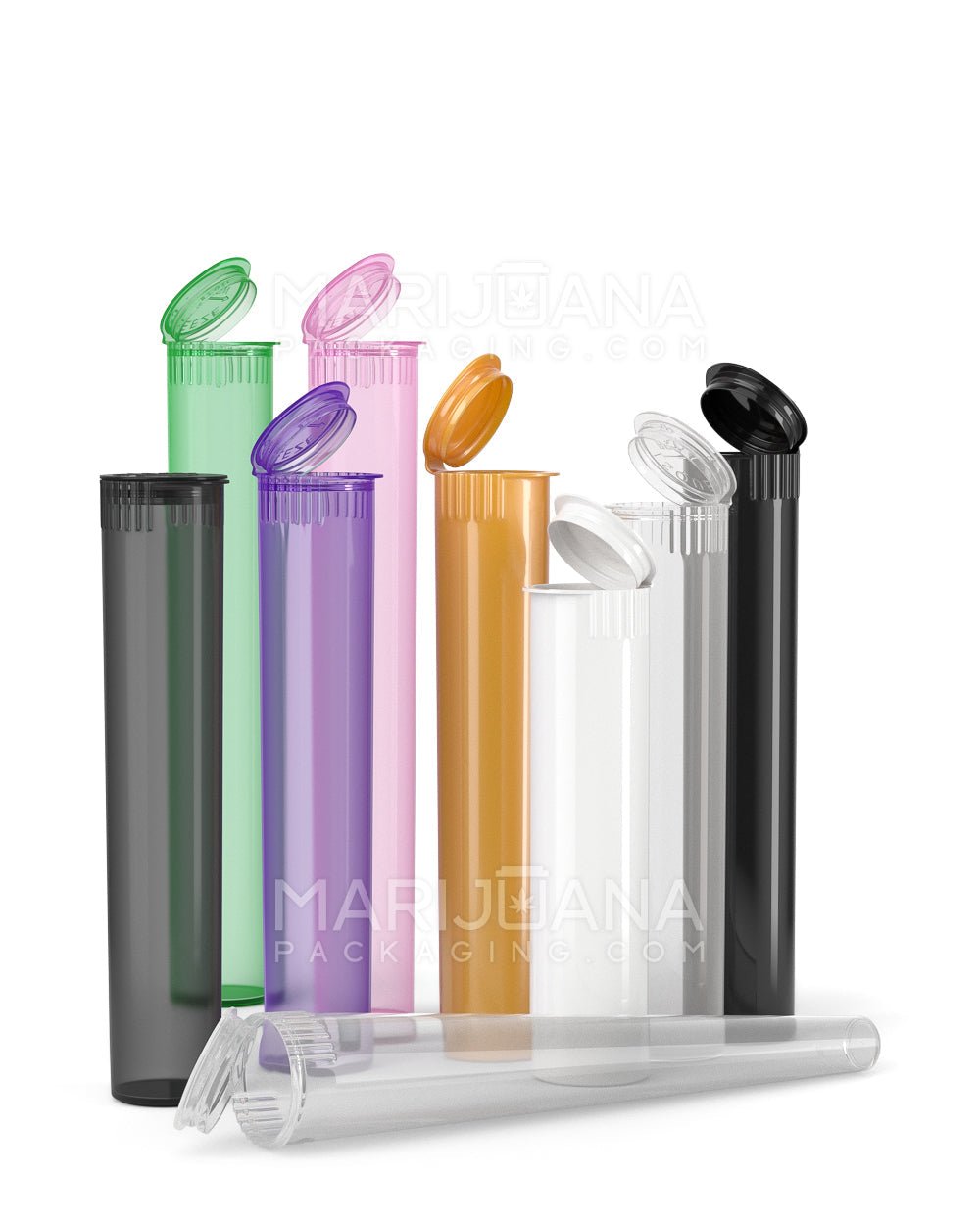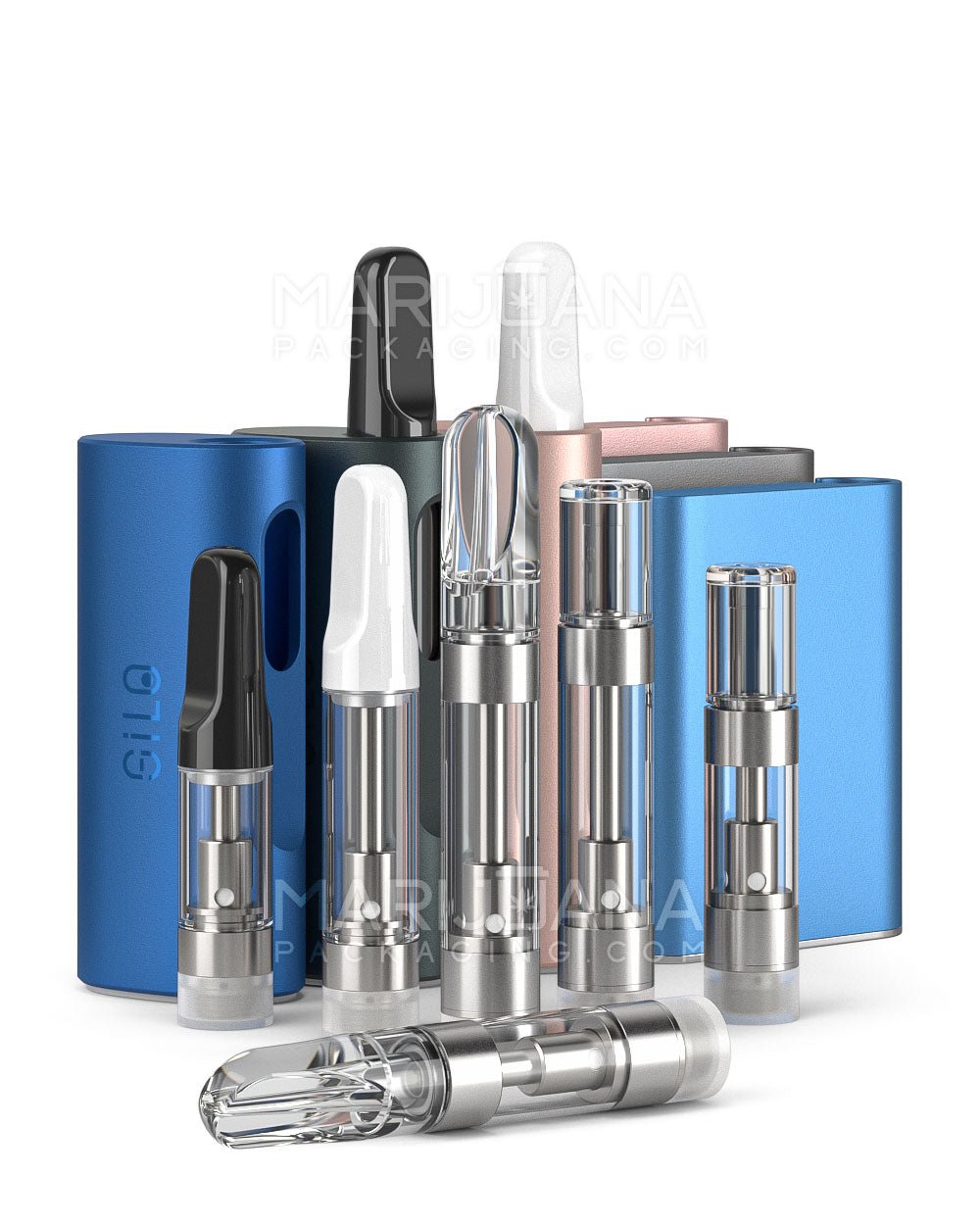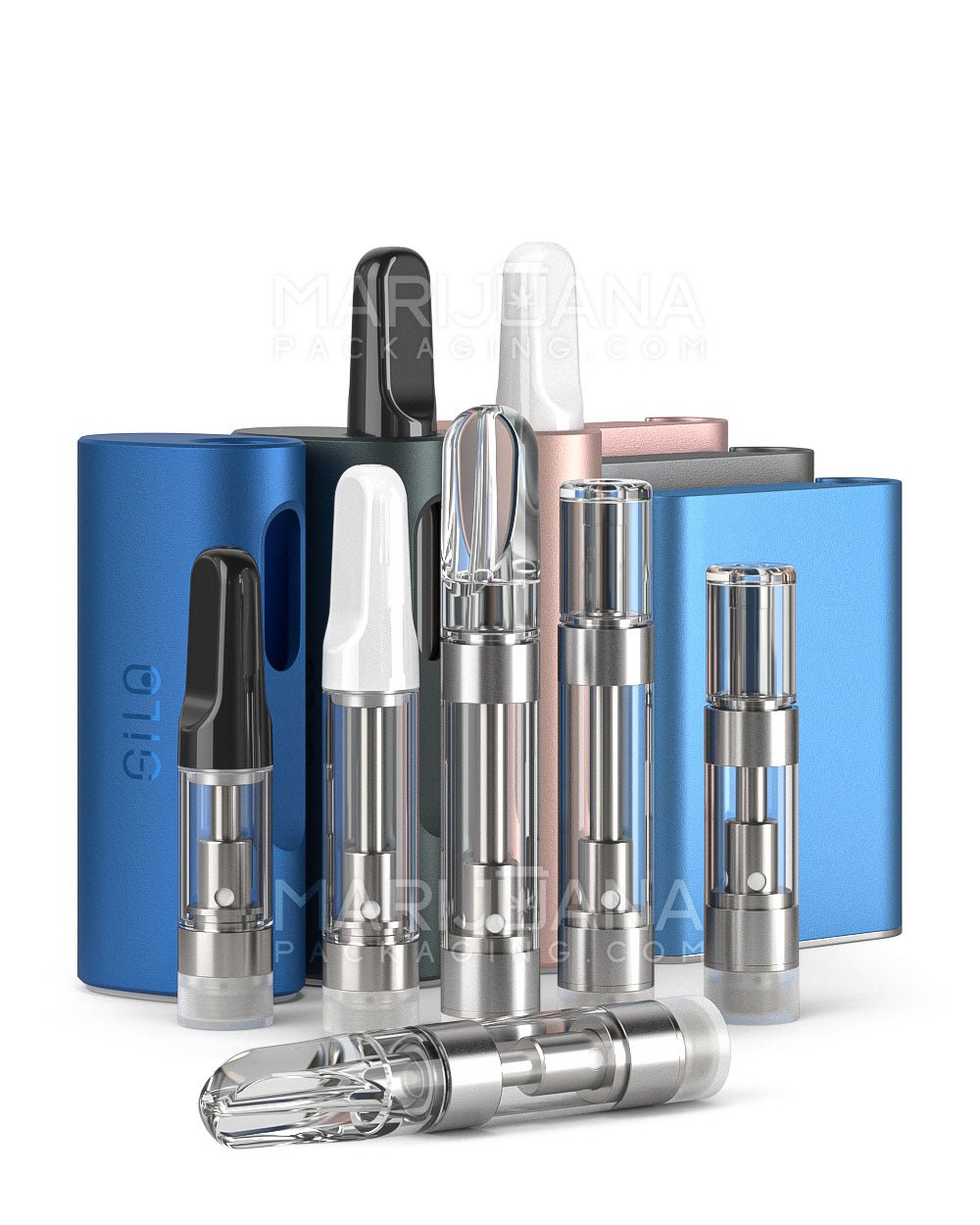Growing marijuana in Florida might seem like a thrilling adventure, especially with the state's sunny climate. However, there are a few things to know before you start planting those seeds. From understanding the legal landscape to navigating the unique environmental challenges, there's a lot to consider.
This article will guide you through the ins and outs of planting marijuana seeds in Florida. We'll cover everything from the legal requirements and choosing the right strains to preparing your soil and managing pests. By the end of this read, you'll be equipped with the knowledge to start your own successful grow operation, legally and effectively.
Florida's Legal Landscape: What You Need to Know
Before you get your hands dirty, it's crucial to understand Florida's legal stance on marijuana cultivation. As of now, recreational marijuana remains illegal in the state, although medical marijuana is permitted under certain conditions. To qualify for medical marijuana, patients must have a qualifying condition and obtain a recommendation from a certified physician.
For those with a medical marijuana card, growing your own plants at home is still off the table. Florida law does not allow home cultivation even for medical use, so be sure to keep this in mind. Staying informed about the evolving laws is important, as legislative changes can happen. Always ensure you’re in compliance with state regulations to avoid any legal issues.
Considering Future Changes
While current laws are restrictive, there's ongoing discussion about potential changes. Keeping an eye on these legislative developments can help you stay prepared. Joining local advocacy groups or following reliable news sources can provide insights into any shifts in policy. Remember, the legal environment can change quickly, so staying informed is your best bet.
Choosing the Right Strain for Florida's Climate
Once you're clear on the legalities, the next step is selecting the right marijuana strain. Florida's climate is hot and humid, which can be both a blessing and a challenge. Some strains thrive in this type of environment, while others may struggle.
Indica strains tend to prefer cooler climates, so they might not be the best fit for Florida's heat. Sativa strains, on the other hand, often enjoy warmer conditions, making them a better choice for outdoor growing in Florida. Hybrids that are bred specifically for heat and humidity resilience can also be a smart option.
Popular Strains for Florida
Here are a few strains that might perform well in Florida:
- Durban Poison: A pure Sativa known for its resistance to mold and pests, making it ideal for humid climates.
- Pineapple Express: This hybrid is well-suited for warmer weather and offers a fruity taste.
- Amnesia Haze: Another Sativa that thrives in sunny environments, providing a high yield under the right conditions.
Researching the genetic background and growing requirements of each strain can help you make an informed decision tailored to your environment.
Preparing Your Soil: The Foundation of a Healthy Plant
Great plants start with great soil. In Florida, the soil can vary significantly, ranging from sandy to clay-like textures. Understanding your soil type will guide you in amending it for optimal marijuana growth.
If you're dealing with sandy soil, which is common in Florida, you'll need to enhance its nutrient-holding capacity. Adding organic matter like compost or peat moss can improve water retention and provide essential nutrients. Clay soils, while less common, may require more work to improve drainage and aeration.
Soil Testing and Amendments
Testing your soil is a smart first step. This can help identify nutrient deficiencies and pH imbalances. Most marijuana plants prefer slightly acidic soil with a pH between 6.0 and 7.0. Adjusting pH levels and supplementing with fertilizers can address specific deficits.
- Use lime to raise pH levels if your soil is too acidic.
- Apply sulfur to lower pH if your soil is too alkaline.
- Incorporate organic fertilizers like bone meal or fish emulsion for added nutrients.
Tailoring your soil preparation to your specific conditions will set a solid foundation for healthy plant growth.
Starting Seeds Indoors: A Head Start for Your Plants
In Florida, starting your marijuana seeds indoors can give them a crucial head start, especially during unpredictable weather patterns. Indoor germination provides a controlled environment, protecting young seedlings from pests and harsh weather.
To begin, you'll need a few basic supplies: quality seeds, seedling trays or small pots, and a decent grow light. Start by soaking your seeds in water for 12-24 hours until they develop a small taproot. Then, plant them about 1/4 inch deep in a light, seed-starting mix.
Creating the Right Environment
Maintaining the right conditions is key for successful germination. Aim for a temperature range of 70-80°F and keep the soil consistently moist but not waterlogged. A humidity dome or plastic wrap can help retain moisture.
Once seedlings have sprouted and developed a few sets of true leaves, gradually acclimate them to outdoor conditions by placing them outside for short periods each day, increasing exposure over time. This process, known as hardening off, prepares them for transplanting.
Transplanting Outdoors: Timing and Techniques
When your seedlings are ready, it's time to transplant them outdoors. Timing is crucial here. In Florida, the ideal time to move plants outside is after the last frost date, typically around late February to early March. However, some growers prefer to wait until April for more stable temperatures.
Choose a location that receives plenty of sunlight—at least 6-8 hours per day. Dig holes that are slightly larger than the root ball of your seedlings, ensuring they have room to grow. Gently remove your seedlings from their pots, trying to disturb the roots as little as possible, and place them in the prepared holes.
Post-Transplant Care
After transplanting, water your plants thoroughly to help them settle into their new environment. Mulching around the base can help retain moisture and suppress weeds. Keep an eye on weather conditions, especially during Florida's rainy season, as excessive moisture can lead to root rot.
Providing a supportive stake or cage can also protect young plants from wind damage and help them grow upright.
Managing Pests and Diseases: Safeguarding Your Plants
Florida's warm, humid climate can be a haven for pests and diseases, so vigilance is key. Common pests include spider mites, aphids, and caterpillars, which can wreak havoc on your plants if not addressed promptly.
Regularly inspecting your plants for signs of infestation is important. Look for discolored leaves, webbing, or small insects on the undersides of leaves. Early detection allows for more effective management.
Natural Pest Control Methods
There are several natural methods to keep pests at bay:
- Neem Oil: This natural insecticide can be applied to leaves to deter pests.
- Companion Planting: Planting herbs like basil or marigold nearby can repel certain insects.
- Beneficial Insects: Introducing ladybugs or predatory mites can help control pest populations naturally.
As for diseases, powdery mildew and root rot can be problematic in humid conditions. Ensuring proper airflow and avoiding overwatering are effective preventive measures.
Watering and Feeding: Nurturing Your Plants
Watering marijuana plants in Florida requires a balanced approach. While the state’s humidity can reduce watering frequency, the intense heat can cause rapid evaporation, necessitating regular monitoring of soil moisture.
Avoid watering on a strict schedule. Instead, check the top inch of soil; if it's dry, it's time to water. Deep, infrequent watering encourages strong root systems, making plants more resilient.
Feeding Your Plants
Feeding schedules depend on the growth stage. During the vegetative stage, higher nitrogen levels promote leaf development. In the flowering stage, shift to a diet richer in phosphorus and potassium to support bud growth.
Consider using organic fertilizers for a more environmentally-friendly approach. Compost tea or worm castings can provide essential nutrients without the risk of chemical build-up in the soil.
Harvesting: The Reward of Your Efforts
Harvesting is the moment every grower looks forward to. Knowing when to harvest is crucial for obtaining top-quality buds. In Florida, this typically occurs between October and November for outdoor grows, depending on the strain.
Look for signs like the darkening of pistils and the clouding of trichomes as indicators of readiness. A magnifying glass or jeweler's loupe can help you examine trichomes closely.
The Harvesting Process
When your plants are ready, cut the branches and hang them upside down in a cool, dark, and well-ventilated area to dry. This drying period usually takes about 10-14 days. After drying, trim the buds and cure them in airtight jars for at least two weeks to enhance flavor and potency.
Final Thoughts
Planting marijuana seeds in Florida requires careful planning and adherence to legal guidelines. By understanding the climate, choosing the right strains, and implementing effective growing techniques, you can enjoy a fruitful harvest.
When it comes to packaging and branding your products, Gamut offers a wide range of solutions. From jars and bags to custom designs, Gamut can help you stand out in the market. Their expertise in packaging ensures your cannabis products are both appealing and compliant, making them a reliable partner in your growing journey.




